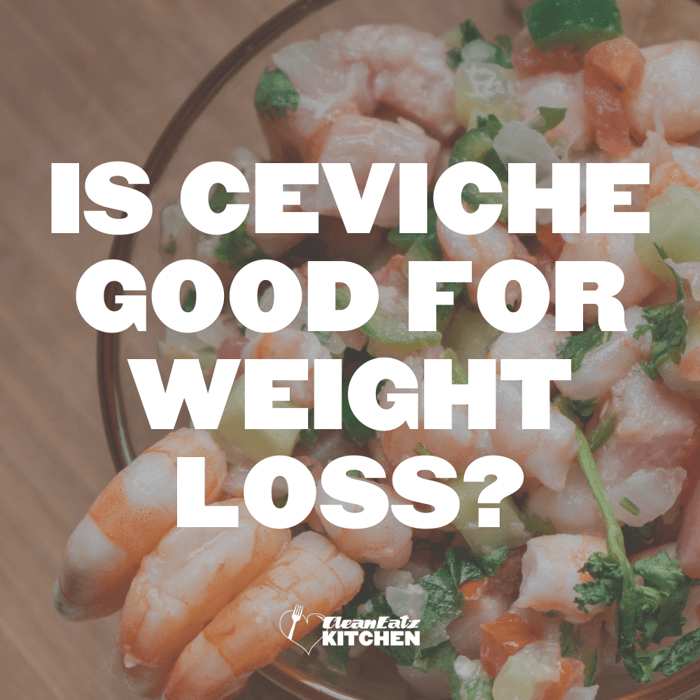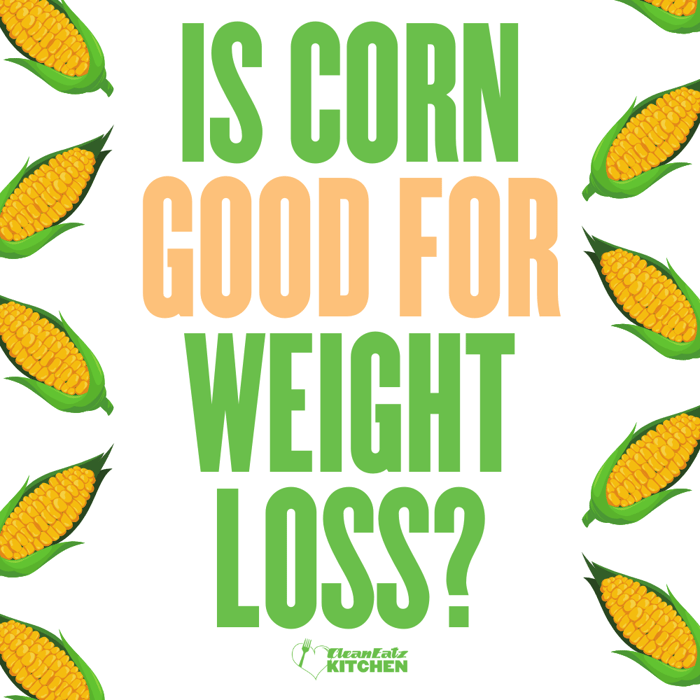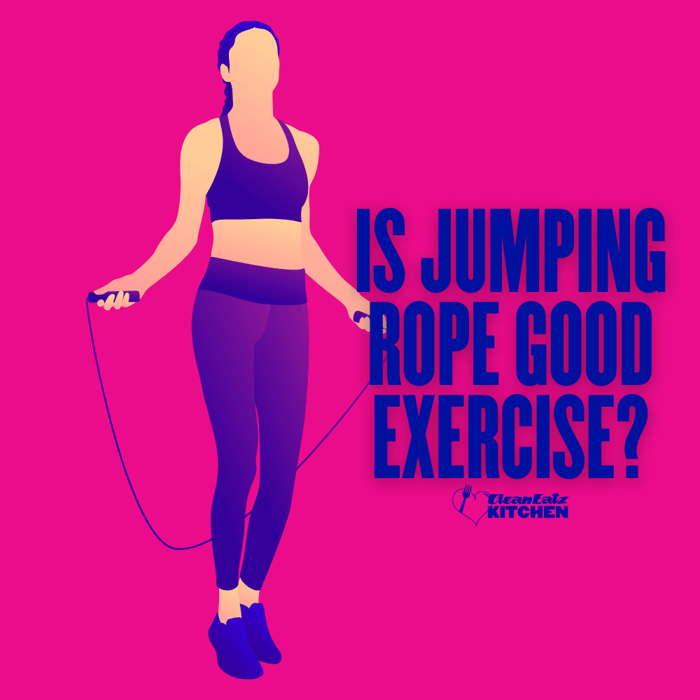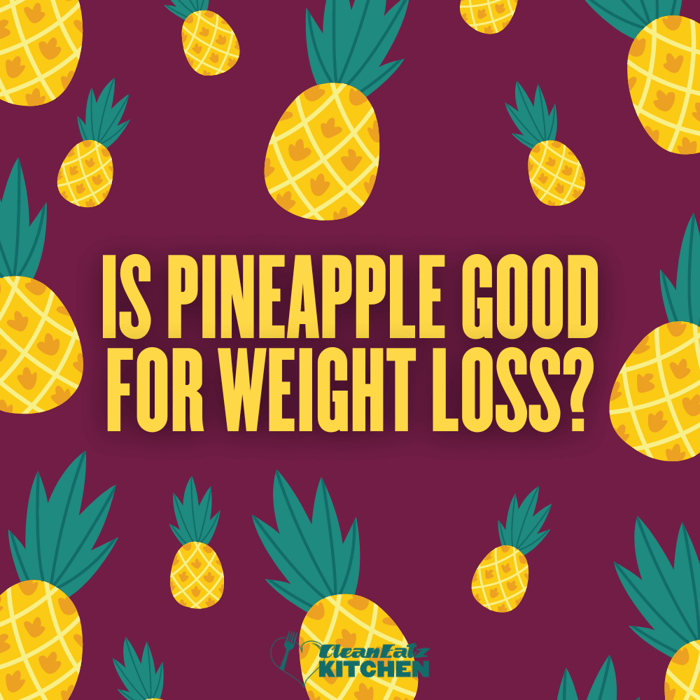Quick Answer: Yes—ceviche can be an excellent choice for weight loss when you prepare it with lean seafood, minimal added fat, and smart serving suggestions.
KEY TAKEAWAYS
A 1-cup serving of ceviche made with lean white fish or shrimp delivers ~20–30 g of protein and about 150–220 calories — a high-protein, moderate-calorie combo ideal for fat loss.
The dish supports fullness and volume eating (lots of veggies + citrus), helping you stay satisfied on fewer calories.
The biggest calorie traps come from fried chips, oils, or creamy sauces.
Raw or lightly marinated seafood can carry safety risks; certain groups should stick to cooked versions.
Lean seafood provides beneficial nutrients like omega-3s, vitamin D, and selenium — fueling your goals with real food, not “diet food.”
Why Ceviche Works for Weight Loss
Many people ask, "Is ceviche good for weight loss?" The short answer: absolutely, when made correctly. It's naturally rich in protein, light in calories, and packed with fresh produce.
High Protein & Satisfaction
Protein is one of the most filling macronutrients. A serving of ceviche offers ~20–30 g protein — enough to stabilize appetite hormones and keep you full for hours. That steady satiety helps you stay on track without feeling restricted.
Low Calorie Density & Volume
Ceviche is mostly lean seafood, citrus, and hydrating vegetables like tomato, cucumber, and onion. The result: a large portion with relatively few calories. This “high-volume, low-calorie” profile is a proven strategy for long-term weight-loss success.
Nutrient-Rich (Beyond Calories)
Ceviche gives more than macros. Its ingredients deliver:
Omega-3 fatty acids: heart-healthy fats even in lean fish.
Vitamin D and selenium: support bone, thyroid, and immune health.
B-vitamins and antioxidants: help energy metabolism and recovery.
Recent research confirms that seafood provides key micronutrients vital for metabolic health and overall diet quality.
Nutrition Table: Estimated Macros & Calories
Type of Ceviche | Approx Calories (1 cup) | Protein (g) | Notes |
|---|
Lean white fish (tilapia, cod, halibut) | 150–200 | 20–28 | Light, lean protein |
Shrimp version | 180–220 | 23–30 | Slightly higher calories |
Mixed seafood (white fish + shrimp + scallops) | 170–210 | 23–29 | Good texture mix |
With avocado/oil/baked chips | 220–300 + | 20–30 | Added fat raises calories |
How to Make Classic White Fish Ceviche at Home
Yield: 4 servings (~1 cup each) | Calories per serving: ~160–190Ingredients
- 1 lb lean white fish (tilapia, cod, or halibut), diced 1/2-inch
- 3/4 to 1 cup fresh lime juice
- 1/4 cup fresh lemon juice
- 1 cup diced tomato
- 1/2 cup diced red onion
- 1/2 cup diced cucumber
- 1 jalapeño, minced
- 1/4 cup chopped cilantro
- Salt & black pepper to taste
Directions
- Place diced fish in a non-metal bowl.
- Cover with citrus juices until submerged.
- Chill 30–60 minutes until opaque ("cooked").
- Drain half the juice, then fold in veggies and cilantro.
- Season and serve immediately in lettuce cups, cucumber slices, or baked corn tortillas.
Safe Preparation & Raw Seafood Considerations
So, is ceviche good for weight loss? Yes — but only when prepared safely. The acid “cooks” the fish in appearance, yet does not kill all pathogens or parasites. Proper sourcing and storage are essential.
Updated Safety Guidelines (2021–2025)
Choose sushi- or sashimi-grade seafood, frozen per FDA parasite-control standards. (FDA 2023)
Keep fish refrigerated at ≤ 40 °F during marination; never at room temperature.
Eat ceviche the same day it’s made; do not store > 24 hours.
For safety, you can briefly poach seafood before marinating — a lower-risk option.
Wash hands, utensils and surfaces after handling raw fish. (pcchd.org 2022)
Who Should Avoid Raw Ceviche
Certain people should skip raw versions and choose cooked alternatives:
Pregnant women (and those trying to conceive)
Children under 5
Adults 65 + or anyone immunocompromised
People with liver disease or chronic illnesses
Cooked version: Briefly poach seafood until opaque, then marinate with lime, veggies, and herbs for the same bright flavor and much safer results.
Serving Tips for Weight Loss
Low-calorie options: lettuce cups, romaine boats, or thick cucumber rounds.
Moderate: Two baked corn tortillas (~60 cal each) or ½ cup cauliflower rice.
Avoid: Fried chips (300–500 cal), mayo/sour-cream sauces, or excess avocado.
Common Mistakes That Sabotage Results
Using fatty fish (salmon, mackerel): adds 100 + calories.
“Healthy-fat” overload: too much avocado or oil.
Restaurant versions: often loaded with oil or chips.
Unsafe seafood handling: foodborne risk > calorie concern.
The Bottom Line
If you’re wondering again, is ceviche good for weight loss? Absolutely — when made safely and simply.
Lean fish + citrus + veggies = a high-protein, low-calorie, nutrient-dense meal that fits perfectly into a sustainable weight-loss plan.
Focus on fresh seafood, light add-ons, and smart serving options to get maximum flavor with minimum calories.
If you make ceviche once a week as part of your weight loss meal plan, you'll have a reliable, delicious, high-protein option that doesn't feel like diet food.
Frequently Asked Questions
Is ceviche good for weight loss if I eat it often?
Yes. Because ceviche is high in protein and low in fat when made lean, it fits well into a regular weight-loss routine. Just watch added avocado and chips.
How many calories are in 1 cup of ceviche?
Typically 150–220 calories, depending on seafood and extras. Lean white-fish versions sit at the lower end of that range.
What kind of fish is best for ceviche?
Tilapia, cod, halibut, or sea bass — all lean white fish that marinate well and stay firm. Shrimp is another safe and protein-rich option.
Can I eat ceviche while pregnant?
Not raw ceviche. Pregnant people should avoid raw seafood due to parasite and bacteria risk. Opt for cooked versions using poached seafood instead.
How long does ceviche last in the fridge?
Eat it the same day it’s prepared for best safety and texture. Never store more than 24 hours.
Is frozen fish okay for ceviche?
Yes, if it’s labelled sushi-grade or sashimi-grade and was properly frozen to FDA parasite-control standards.
REFERENCES
U.S. Food and Drug Administration (FDA). Selecting and Serving Fresh and Frozen Seafood Safely. 2023.
U.S. Food and Drug Administration (FDA). Fish and Fishery Products Hazards and Controls Guidance, 4th Edition.2022.
National Academies of Sciences, Engineering, and Medicine. Dietary Intake and Nutrient Composition of Seafood.Washington, DC: National Academies Press, 2024.
Noreen, S. et al. Health Benefits of Fish and Fish By-Products — A Nutritional and Functional Perspective.Frontiers in Nutrition, 2025.
Reksten, A.M. et al. Nutrient Composition of Shellfish and Lean Fish. Food Chemistry Advances (ScienceDirect), 2024.
Peoria County Health Department (Illinois). Ceviche Food Safety HACCP Guidelines. 2022.
Heliyon Journal. Microbiological Safety and Quality of Ceviche, Poke and Sushi Dishes Sold at Retail Outlets in Orange County, CA. 2023.
Related Articles:




